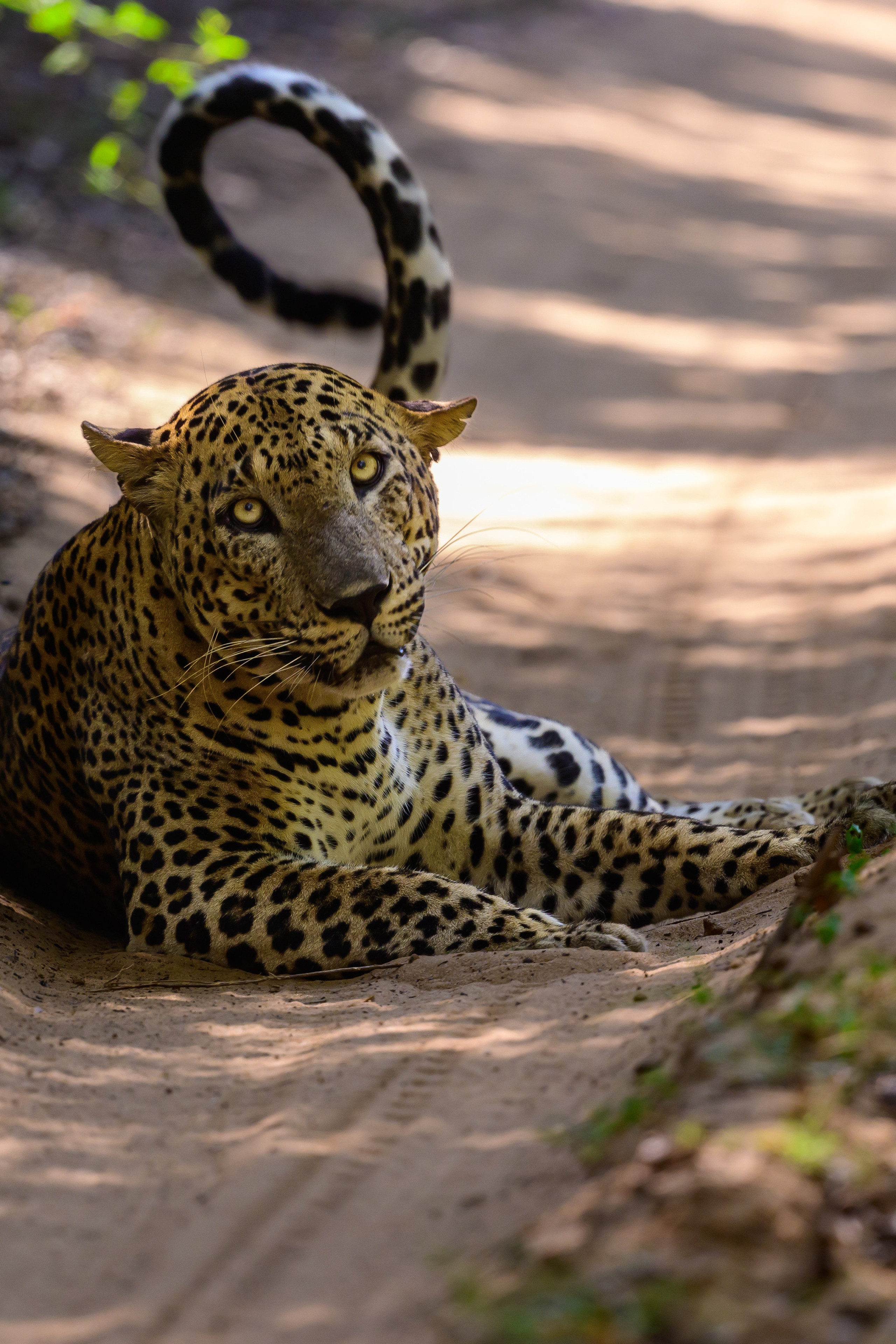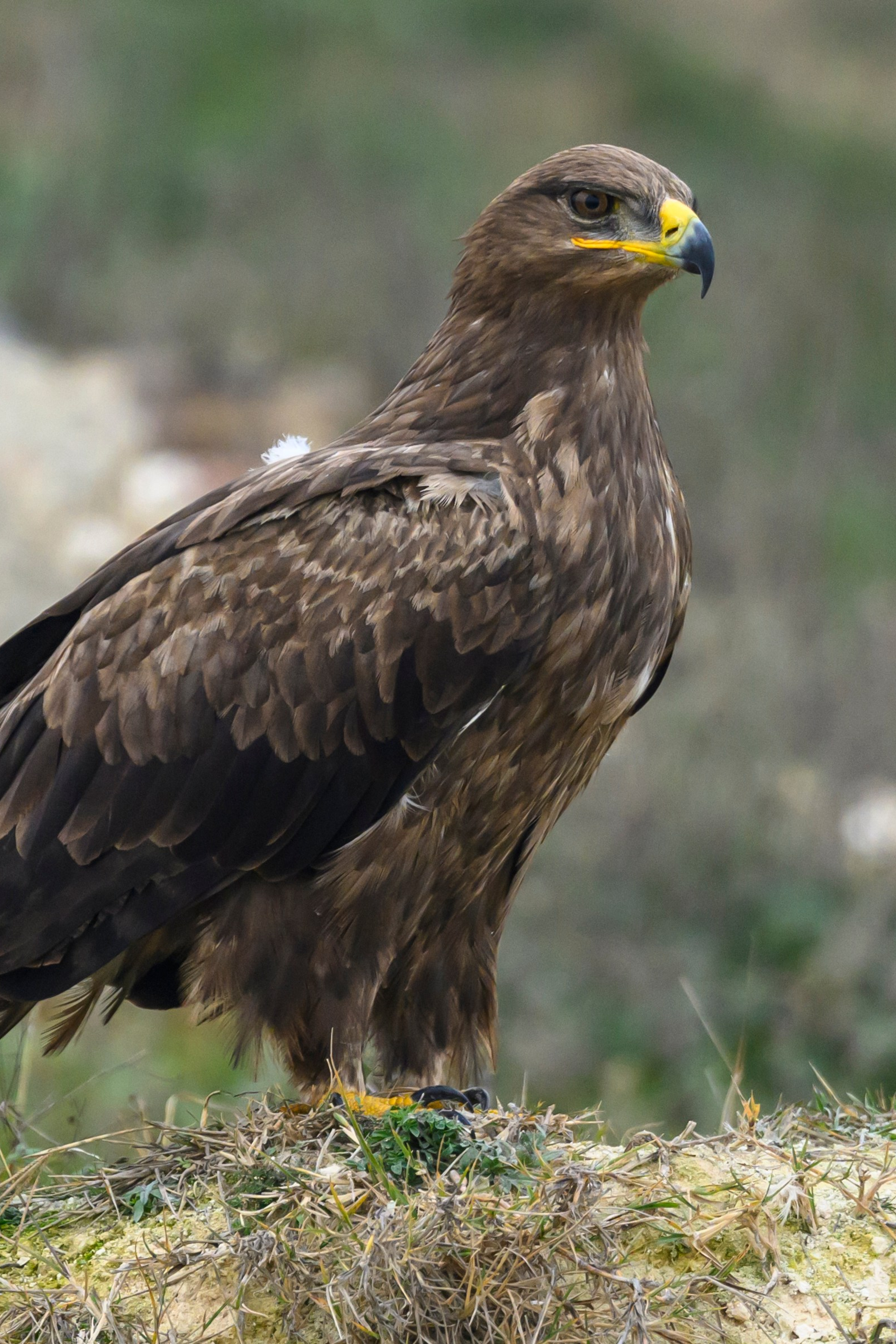When I look at a wildlife photograph, I expect just one thing — to witness a miracle. I want to see nature through the eyes of someone who was there, who observed quietly and patiently, who waited and captured the moment. I want to stand where the photographer stood — but not to look at the photographer. I want to look at nature.
Yet increasingly, instead of nature, I see the author. Instead of the moment — an effect. Instead of reality — style. And I begin to wonder: is wildlife still present in wildlife photography?
Of course, photography can never be fully objective. Even the act of framing is a form of selection. But once, the photographer was a guide to a world we would not have seen otherwise. Now, more and more often, the photographer becomes the central figure. The camera is no longer a tool for recording, but a brush for painting. Motion blur, intentionally shifted white balance, panning, blown-out highlights, aesthetic choices that say: “Look how I see it.”
But if the photographer shows how he feels it — rather than how it actually was — is it still wildlife photography?
To me, nature photography means letting nature be the main creator of the image. The photographer is merely a witness. As Jim Brandenburg once wrote:
“In the end, I see myself not as a photographer, but as a humble participant in nature’s theater.”
— Jim Brandenburg, wildlife photographer
That humility is what defines the classic genre. It requires effort. It means traveling far, waiting, staying silent, understanding animal behavior. It’s physical, emotional, sometimes even ascetic work. You find the moment — you don’t create it.
Art photographers may respond: “It doesn’t matter how long you waited if the image lacks emotional impact.” That’s true. A weak photo, no matter how honest, will remain weak. But a great photo, when supported by a great story, becomes legendary. And technical effects can become not a window, but a curtain — hiding the lack of real experience.
What also raises questions is the issue of what’s considered acceptable. Why is it “honest” to use blur or exposure shifts in-camera, but “unacceptable” if added in Photoshop? In essence, both are manipulations. If the final result is the photographer’s creative vision rather than observation of nature, then we’ve crossed into a different category: art. And that’s fine. But let’s be honest — it’s a different kind of photography.
What’s especially concerning is that many major competitions no longer draw clear boundaries. Conceptual images filled with artistic techniques, deliberate distortions, and blurred outlines now comfortably coexist in documentary categories like “Animals, ” “Birds, ” or “Habitat.” Effect wins. Style wins. And it’s reshaping the entire genre.
“Awards shape taste. What wins today becomes the standard tomorrow.”
— Melissa Groo, wildlife photographer and Nikon ambassador
When competitions not only allow but actively reward art photography in documentary categories, they undermine the core of the genre. It leads to its degeneration. We stop seeing nature itself. We stop being observers. We become consumers of visual fast food.
“The risk is we start valuing how something looks over what it shows.”
— David Tipling, wildlife photographer
Photographers begin to shoot “for the competition.” More color, more blur, more stylized exposure. The story fades. The visual trick remains. This culture of “anything for the frame” simplifies the genre. In cinema, we’ve already seen it — special effects have replaced storytelling. Wildlife photography is following the same path.
So the key question is: what do we want from wildlife photography? Do we want to see nature’s design or the photographer’s concept? Do we want to be witnesses to life — or spectators of a show?
I don’t want to sound conservative. I shoot minimalism myself, I enjoy artistic approaches, soft palettes, abstract composition. But I know what I’m doing in those images: I’m putting myself first. It’s my emotion, my composition, and nature becomes a medium. But when I photograph a wild owl in the last rays of sun, I know I’m not the main character. It’s her world. I just happened to press the shutter at the right time.
That’s why I want to propose something simple: let’s respect the genre. If it’s art — let it be art. If it’s conceptual — let it be conceptual. But if it’s wildlife photography — let nature speak. Let it stay at the center. Let it be the true author of the image.
Articles
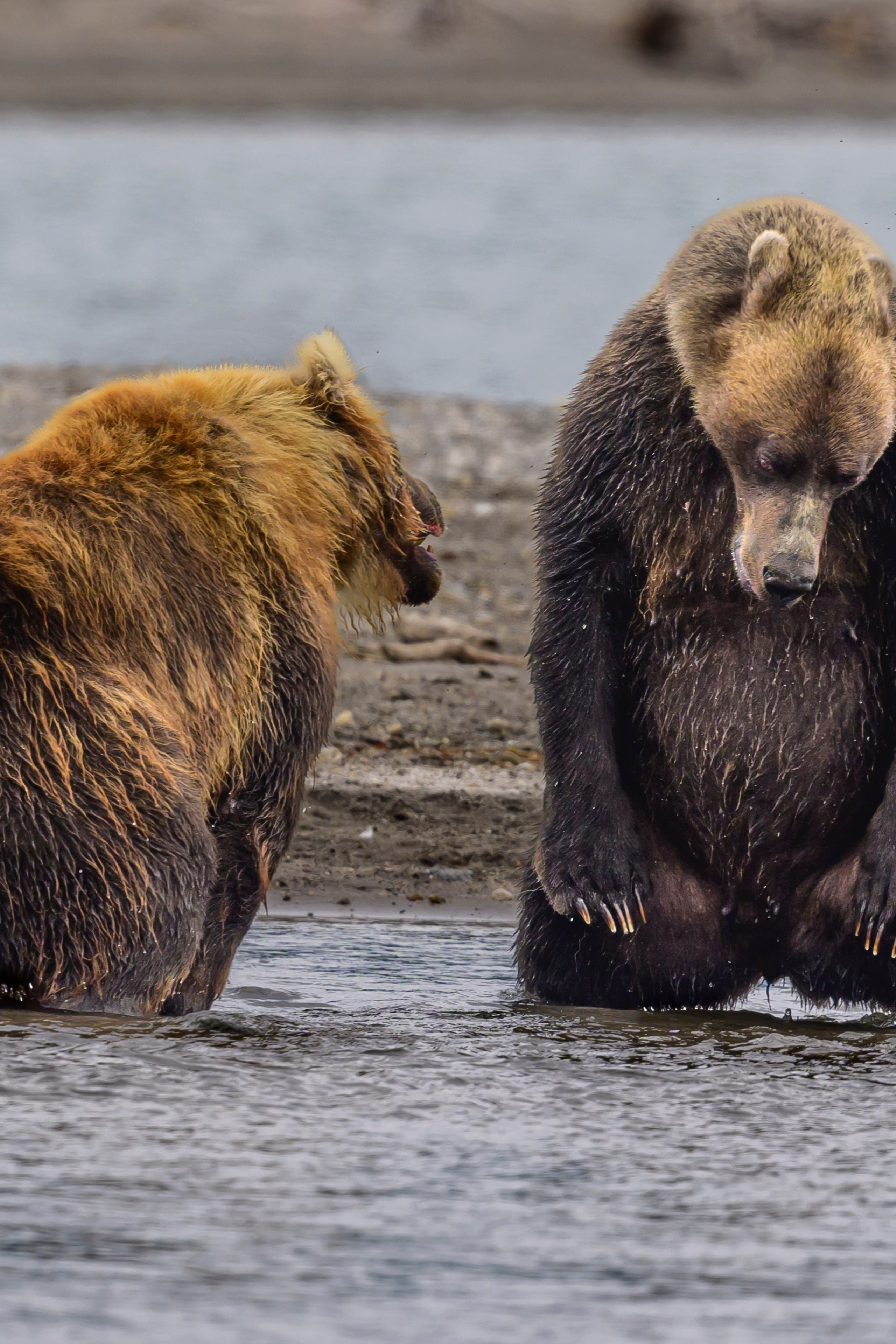
От охоты к фотоохоте
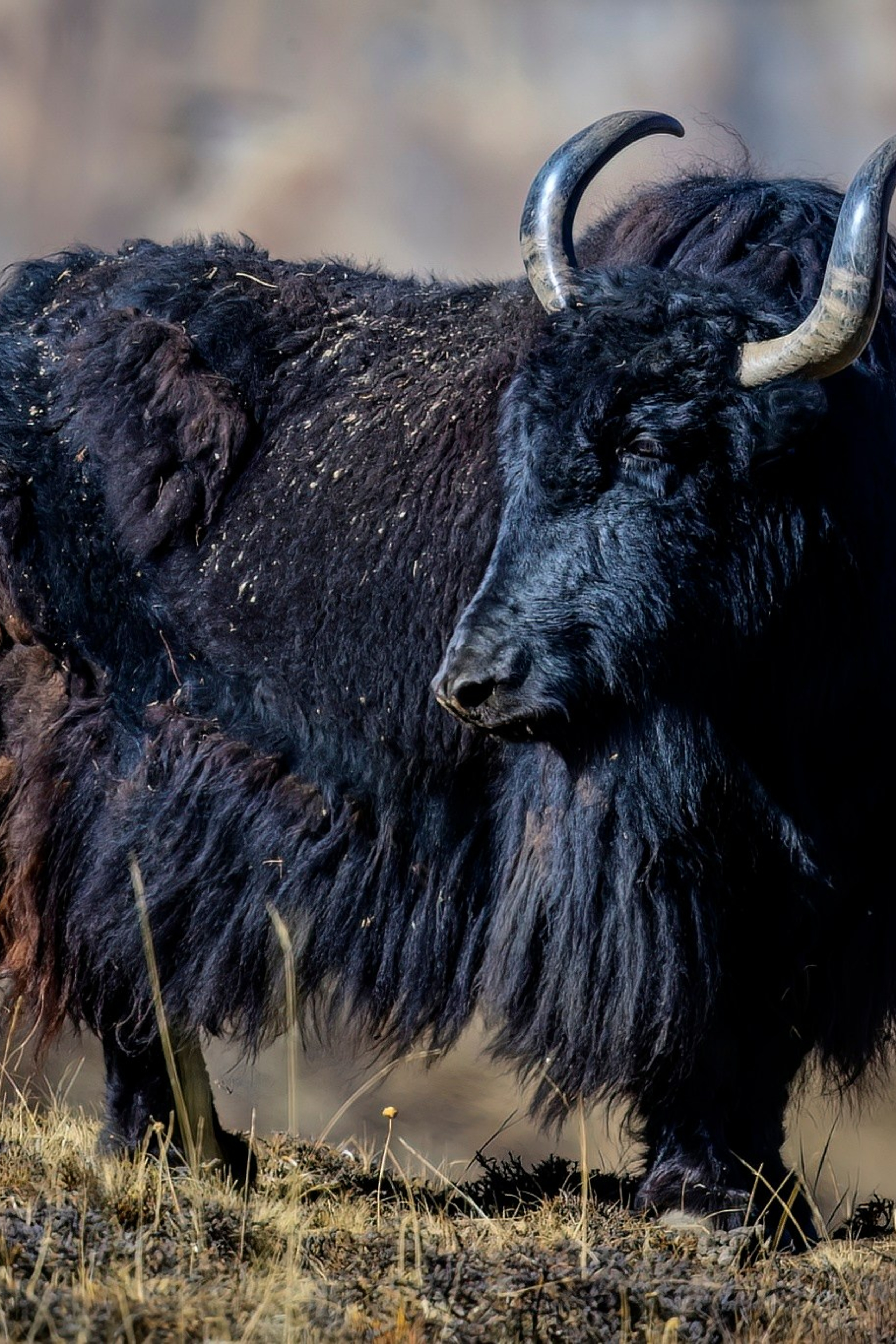
Путешествие в долину Спити: снежные барсы и духовное наследие Гималаев
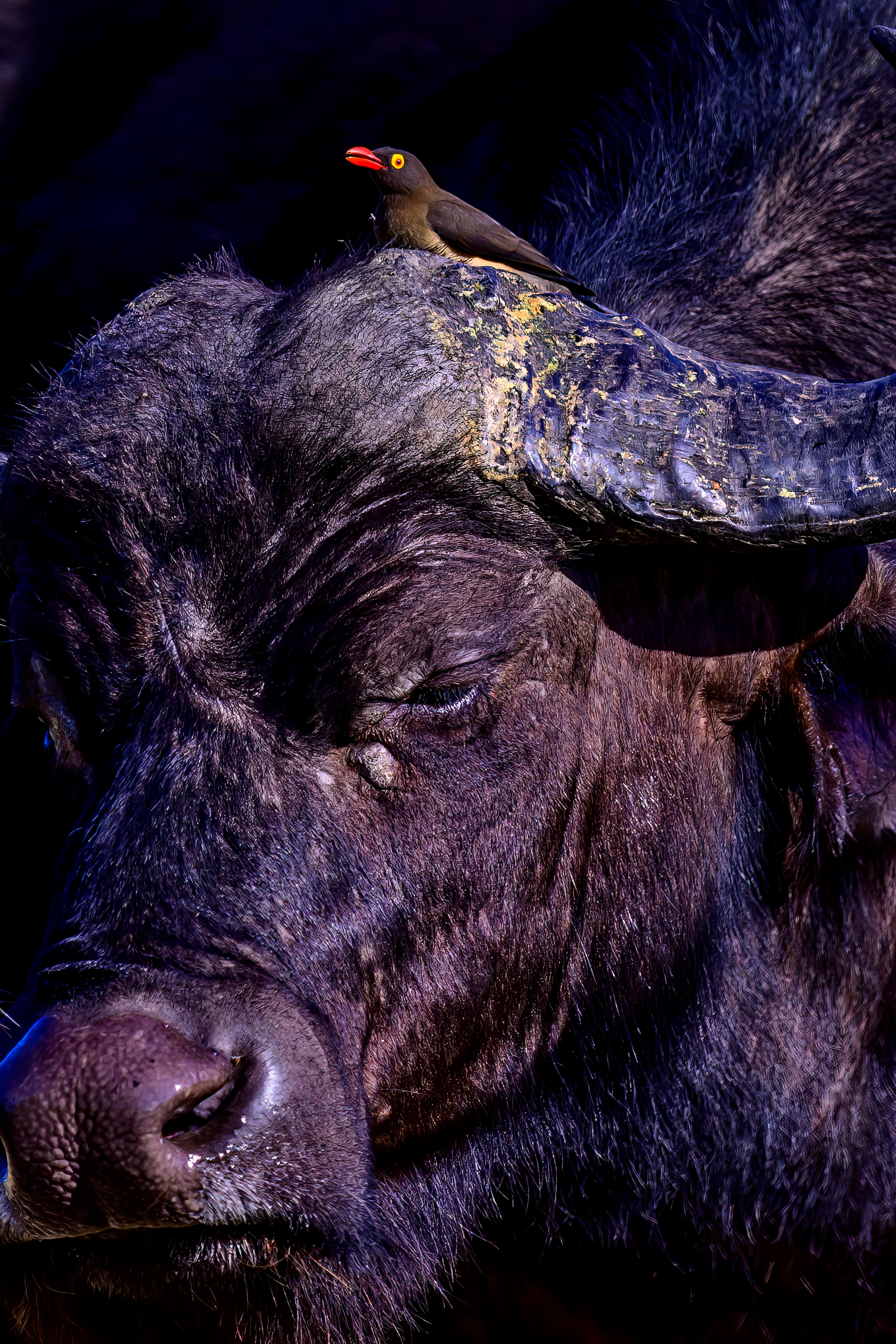
Парк Крюгера, ЮАР
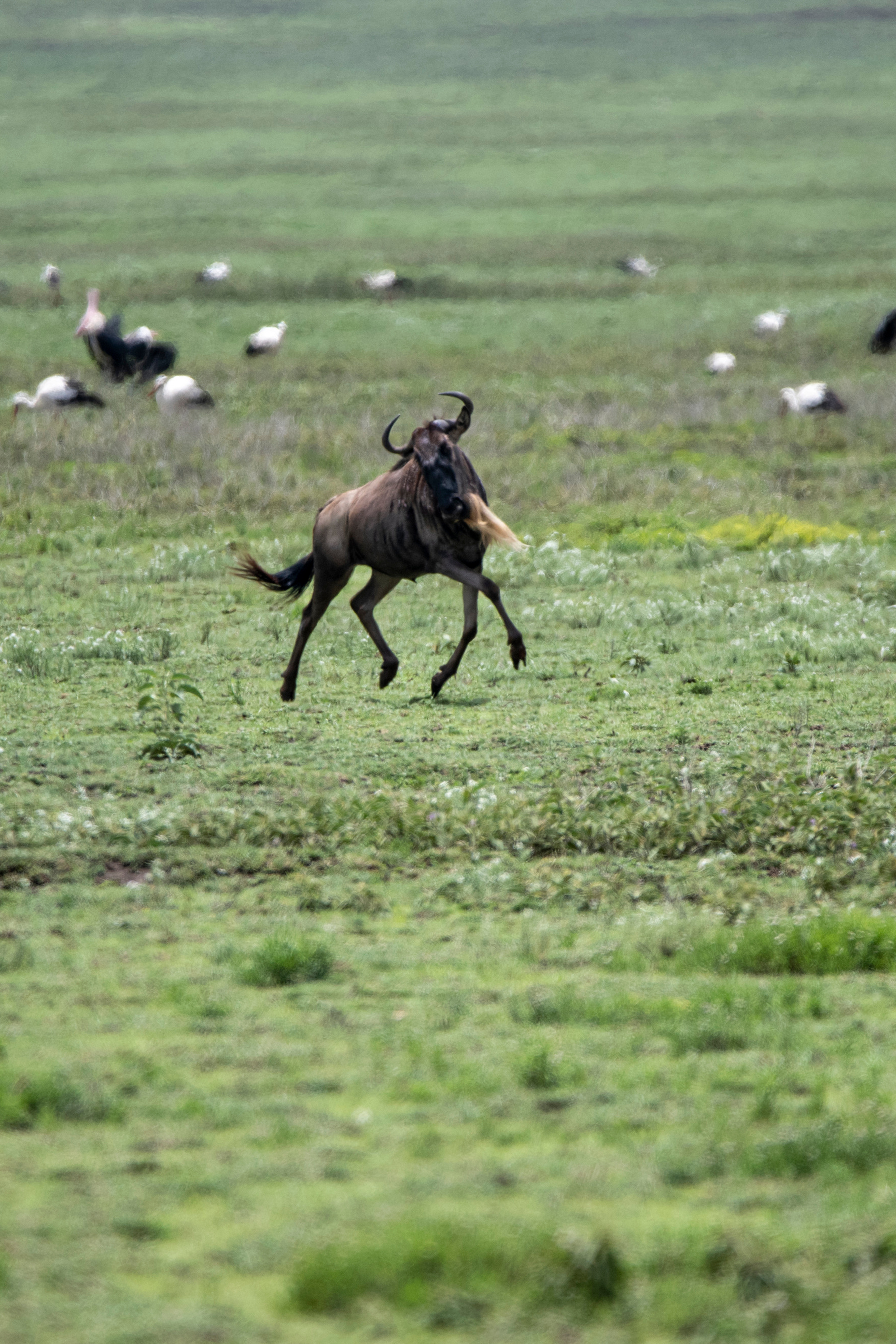
Budget safaris tips and tricks
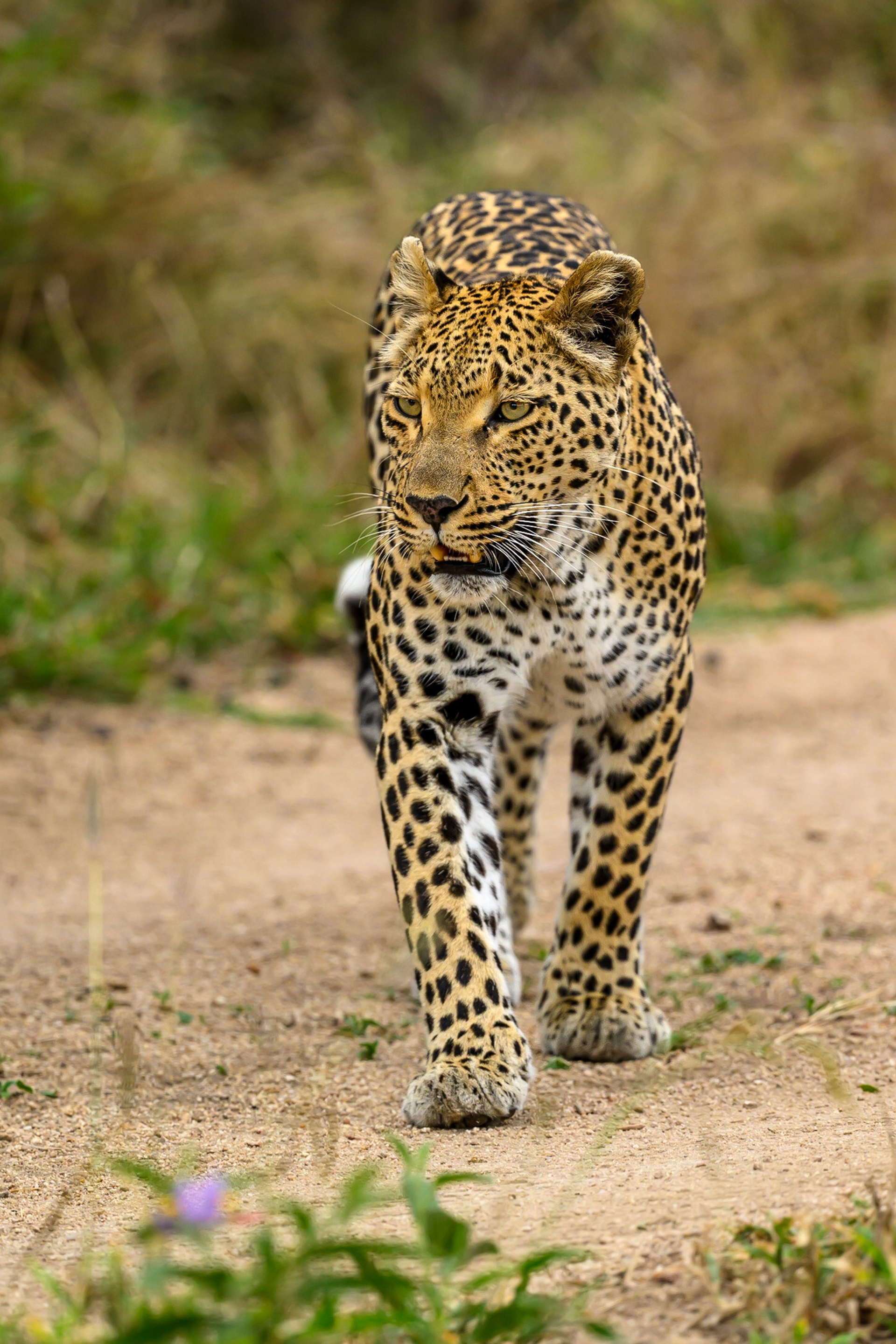
Kruger National Park, South Africa
